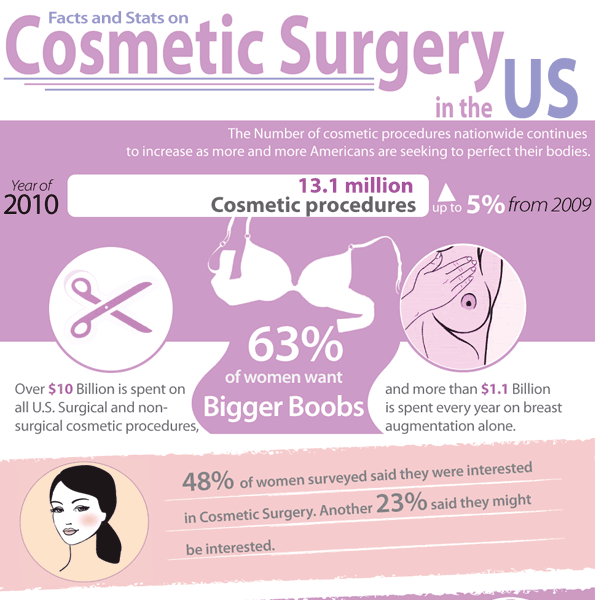Hormone acne is defined by blocked pores and oily skin that generally appears on the chin and jawline. It takes place when hormone changes trigger swelling and microbial overgrowth within hair follicles.
Outbreaks might look like whiteheads, blackheads, papules or pustules and cysts or nodules in more severe cases. It is much more typical in teenagers experiencing the age of puberty yet can affect adults of any age.
What Causes Hormonal Acne?
While acne can be caused by a variety of elements, including using hair and skin care products that aren't oil-free or made with components that might block pores, hereditary tendency, diet plan,2 and anxiety, the origin is changing hormonal agents. Hormone acne takes place when the body experiences hormone adjustments and variations that bring about an overflow of sebum, which creates swelling, raised development of microorganisms and adjustments in skin cell task.
Hormone acne is commonly discovered on the reduced jawline, cheeks and neck however can appear anywhere on the body. It is characterized by blemishes that are cystic, uncomfortable and full of pus or other material. It is also more likely to take place in females than guys, particularly during adolescence, the menstrual cycle, pregnancy or menopause.
Age
While many kids experience acne at some time throughout the age of puberty, it can remain to pester adults well into adulthood. Known as hormone acne, this kind of outbreak is connected to changes in hormones and is generally most common in females.
Hormone acne happens when oil glands create too much sebum, which clogs pores and catches dead skin cells. This brings about the development of acnes, such as whiteheads, blackheads and papules, pustules, cysts or nodules, deep under the surface.
This sort of imperfection commonly triggers pain, redness and swelling. It may also be cyclical and show up around the exact same time monthly, such as here right before your duration begins. This is since levels of women hormonal agents like progesterone and oestrogen change with each menstrual cycle.
Menstruation
Hormone acne usually appears in the reduced part of your face, along the jawline and cheeks, as whiteheads, blackheads or inflammatory acnes (pimples and cysts). It's more than likely to show up around the time when your menstrual cycle adjustments.
Particularly around ovulation, when estrogen and progesterone levels get on the increase, hormone variations can trigger breakouts. Yet it's likewise possible to obtain acne at any type of point throughout your 28-day menstruation.
If you notice that your hormone acne flare right before your duration, try noticing when specifically this occurs and see if it relates to the stages of your 28-day menstrual cycle. This will aid you identify the root causes of your skin problems. For instance, you might wish to work on stabilizing your blood glucose and cutting out high-sugar foods, or take into consideration a prescription medicine like spironolactone that can manage your hormonal agents.
Pregnancy
Expanding an infant is a time of significant hormonal adjustments. For lots of women, this consists of a flare-up of hormonal acne. This sort of breakout typically starts in the very first trimester, around week 6. It's triggered by hormone rises that stimulate sweat glands to make more oil, which can obstruct pores and create even more bacteria to develop.
Breakouts may additionally occur as a result of pre-existing conditions like polycystic ovary disorder, which can additionally be an issue during pregnancy and menopause. Additionally, some types of contraceptive pill (such as Ortho Tri-Cyclen and YAZ) can trigger hormone acne in some women.
The good news is, many acne therapies are "no-go" for expecting females (including preferred acne-fighting ingredients such as isotretinoin and spironolactone). Yet if you can't stay clear of those irritating bumps, your medical professional may suggest oral erythromycin or cephalexin, which are risk-free during pregnancy.
Menopause
As ladies come close to menopause, the estrogen levels that created their hormone acne to flare during adolescence start to stabilize and lower. At the same time, however, a spike in androgens (likewise known as male hormones) takes place because these hormonal agents can't be converted into estrogen as properly as previously.
The unwanted of androgens can trigger oil production by the sweat glands, which clogs pores. When the stopped up pores come to be inflamed and aggravated, a pimple types.
Hormone acne is typically seen on the face, especially around the chin and jawline, yet it can occur on the neck, back, shoulders, or breast. This sort of acne tends to flare in an intermittent pattern, similar to the menstrual cycle. Stress and anxiety, which increases cortisol and throws hormonal agents out of balance, also adds to the outbreaks.
